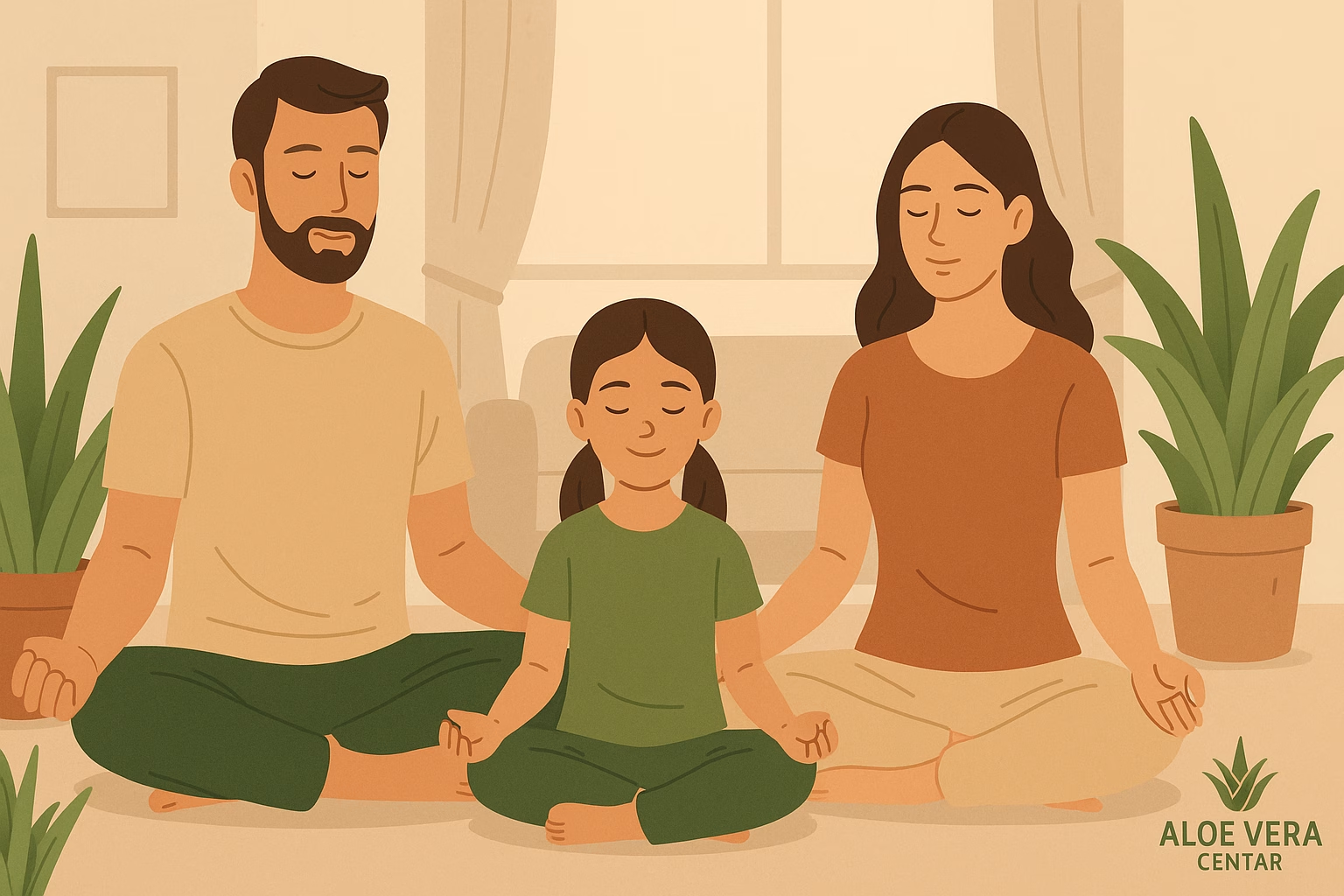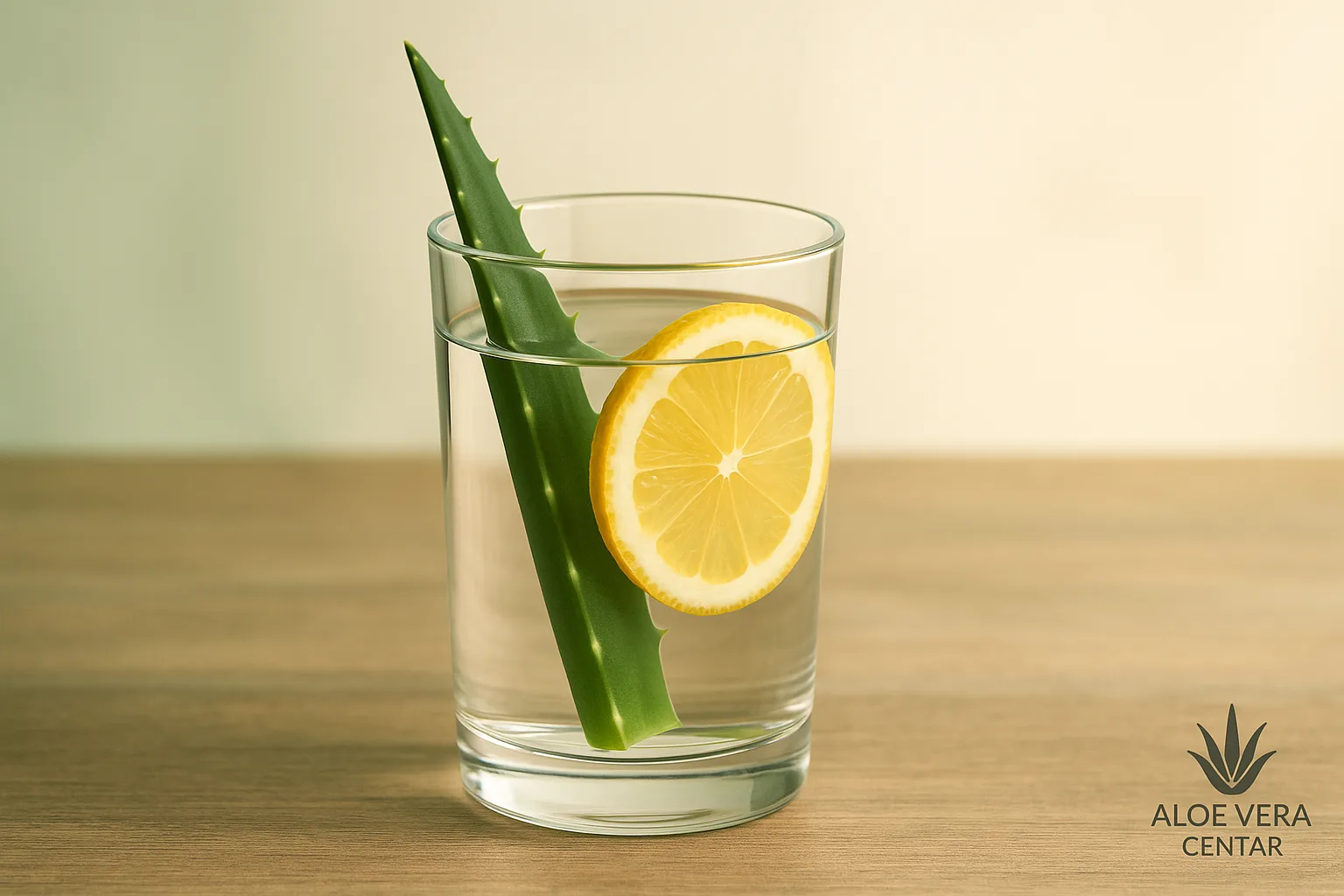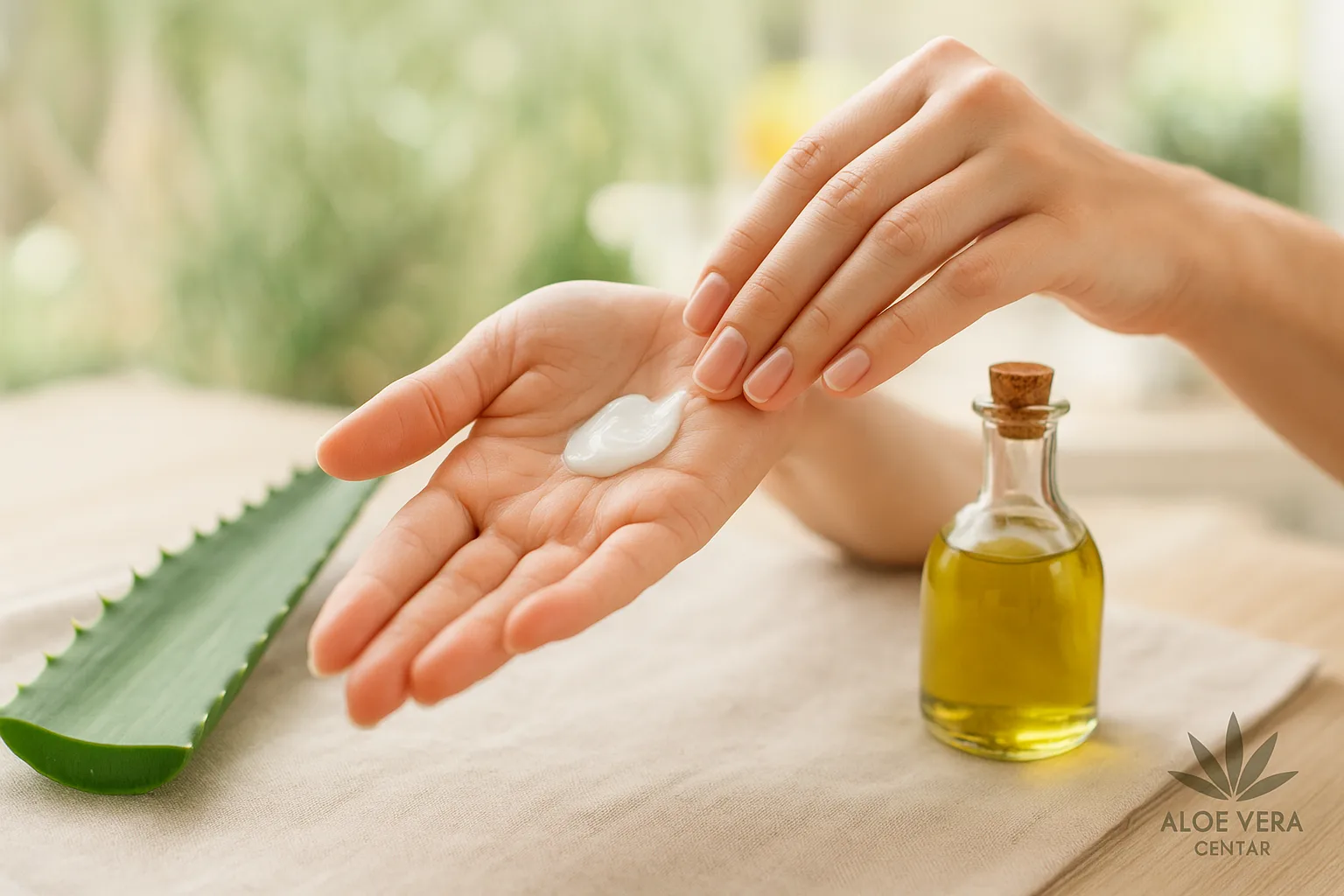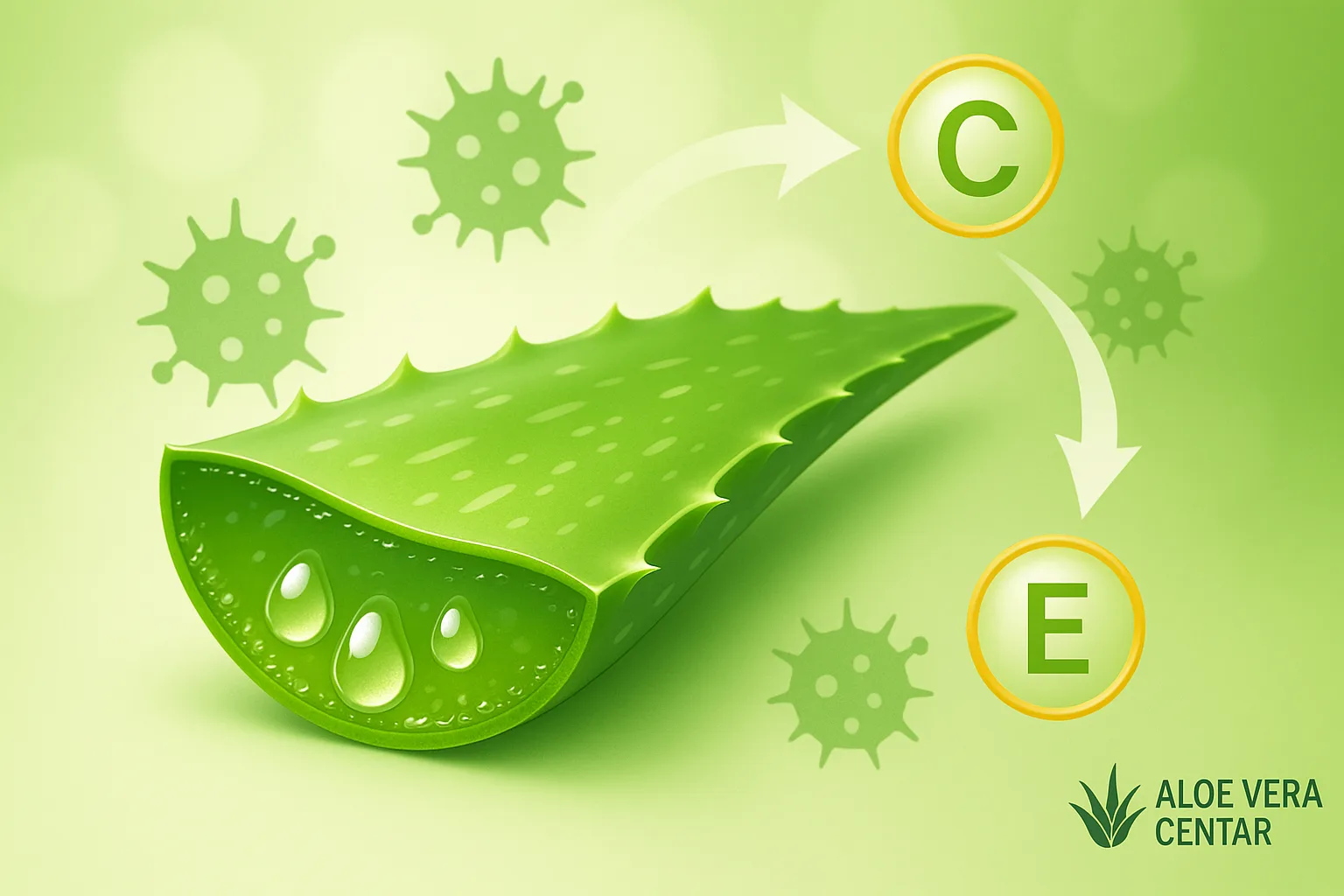
Stress in Children: Recognize the Signs and Calm Them with Natural Methods
Stress in Children: Recognize the Signs and Help with Natural Methods
Stress is a word we usually associate with adults and their deadlines, but children are increasingly experiencing it too. If you’ve ever wondered why your child suddenly withdraws to their room, has stomach aches, or reacts more intensely than before – keep reading as you might discover important clues.
Why Children Experience Stress and how to Recognize It
Typical Stress Triggers in Children Aged 6-15
Whether it’s changing schools, moving, or competitive pressure, children experience strong emotions. You might wonder why? Their nervous system is still learning to regulate stimuli, and the emotional centers in their brain react faster than the rational part responsible for calming develops.
- Academic pressure – grade expectations and success.
- Social relationships – friendships form and break at lightning speed.
- Family changes – divorce, new baby, or moving.
- Excessive screen exposure – causes sensory system overload.
Physical and Emotional Signs that Often Go Unnoticed
Children often say “my stomach hurts” when they’re actually upset. Similarly, headaches, insomnia, and sudden irritability can signal elevated cortisol levels. According to a study published in 2019 on PubMed , chronic stress in childhood can slow the development of the prefrontal cortex, the part of the brain responsible for planning and self-control.
Sounds concerning? Keep reading…
First Step: Creating a Safe and Supportive Environment
Open Communication and Emotional Intelligence Development
Ask your child how they feel, not just how school was. Regular conversations promote emotional intelligence and teach them that emotions aren’t enemies but guides. Instead of general questions (“How was it?”), try: “What was your most fun moment today?” or “Was there anything that made you angry?”
The Power of Short Breaks and Digital Detox
Five to ten minutes of complete silence daily can work wonders for a child’s nervous system – as proven by research at the University of Massachusetts in 2022. If you want concrete steps, check out the guide to the power of silence and incorporate it into your family routine.
Natural Methods that Proven to Reduce Children’s Stress
Calming Herbal Drinks and Dietary Supplements
A warm cup of Aloe Blossom Herbal Tea in the evening can help children (and parents) relax before bedtime. The blend of chamomile, cinnamon, and rosehip naturally lowers adrenaline levels, and its gentle aroma becomes a signal for “pause.”
Additionally, a balanced diet is crucial for a stable nervous system. If it’s challenging to ensure diverse and colorful plates every time, consider support in the form of Forever Kids Multivitamins – candies rich in B vitamins that are proven to participate in the synthesis of neurotransmitters responsible for good mood.
Want more smart suggestions tailored to your family? Use our AI advisor and get a personalized plan in just a few clicks.
Physical Activity and Mindful Breathing
Aerobic exercise of at least 60 minutes daily lowers cortisol levels and increases serotonin in children. Choose an activity your child enjoys – dancing, cycling, or a simple game of hide and seek in the park. For additional effect, teach them box breathing:
- Inhale for 4 seconds
- Hold breath for 4 seconds
- Exhale for 4 seconds
- Pause for 4 seconds
Practice together before tests or big performances. But that’s not all… When you connect mind with body, resilience known as resilience develops.
Microbiome and Digestion: the Gut-Brain Connection
Calming techniques for children with ADHD often include dietary changes because gut bacteria produce over 70% of serotonin. Probiotic drinks like kefir, yogurt, or fermented juices promote “good” bacteria and thus better mood. If your child doesn’t like fermented flavors, add a spoonful to their smoothie.
When to Seek Additional Help
If stress lasts longer than a month, interferes with sleep, school, or relationships, consult a school psychologist, pediatrician, or child psychotherapist. Remember that children’s mental health requires the same attention as physical health.
Steps You Can Take Today
- Introduce a family evening ritual with warm tea and conversation.
- Set screen-free 60 minutes before bedtime.
- Plan joint physical activity three times a week.
- Add colorful vitamin sources to the plate or consider multivitamin support.
- Try a free analysis through our AI advisor and discover how you can use a 15% discount on the products you need most.
Frequently Asked Questions
1. How much Stress is “Normal” for a Child?
Short-term stress (such as from a school test) is expected and can be motivating. But if symptoms last longer than two weeks and interfere with daily routine, it’s time for intervention.
2. Can Children Drink Herbal Teas like Aloe Blossom Herbal Tea?
Yes, but in moderation. For children over six years old, one cup of weak tea in the evening is usually safe. If your child takes medication, consult with your pediatrician.
3. Are Adaptogens like Ashwagandha Safe for Children?
Most adaptogen research focuses on adults. For children, it’s recommended to first ensure a balanced diet and basic micronutrients before turning to herbal supplements.
4. How to Distinguish between Stress and more Serious Conditions like Anxiety?
If a child shows constant fear, avoids activities they previously enjoyed, or has physical symptoms without medical cause, talk to a doctor – it might be an anxiety disorder.
Conclusion
Stress in children isn’t a passing phase to ignore, but an opportunity to teach them skills they’ll use throughout life. Start with small steps: quality sleep, healthy diet, physical activity, and warm conversation. When you need additional support, reach for natural allies like Aloe Blossom Herbal Tea or consider Forever Kids Multivitamins. And for personalized advice and exclusive offers, there’s our AI advisor and a 15% discount.
Additional Resources and Parent Support
Want more practical advice for children’s health and wellbeing? Check out our guide on atopic dermatitis in children and learn how natural methods can soothe sensitive skin.
If you’re interested in a broader perspective, read the article about stress management in adults – many techniques can be transferred to family life.
For additional nutritional support for the youngest, explore Forever Kids multivitamins, and parents who want to boost the whole family’s immunity can look into the article about aloe vera gel and immunity.
Finally, be sure to read how probiotics and healthy diet can work together for mental and physical balance – both in children and adults.
Note: The information in this article is educational and does not replace professional medical advice. Always consult a qualified professional for specific health issues.








